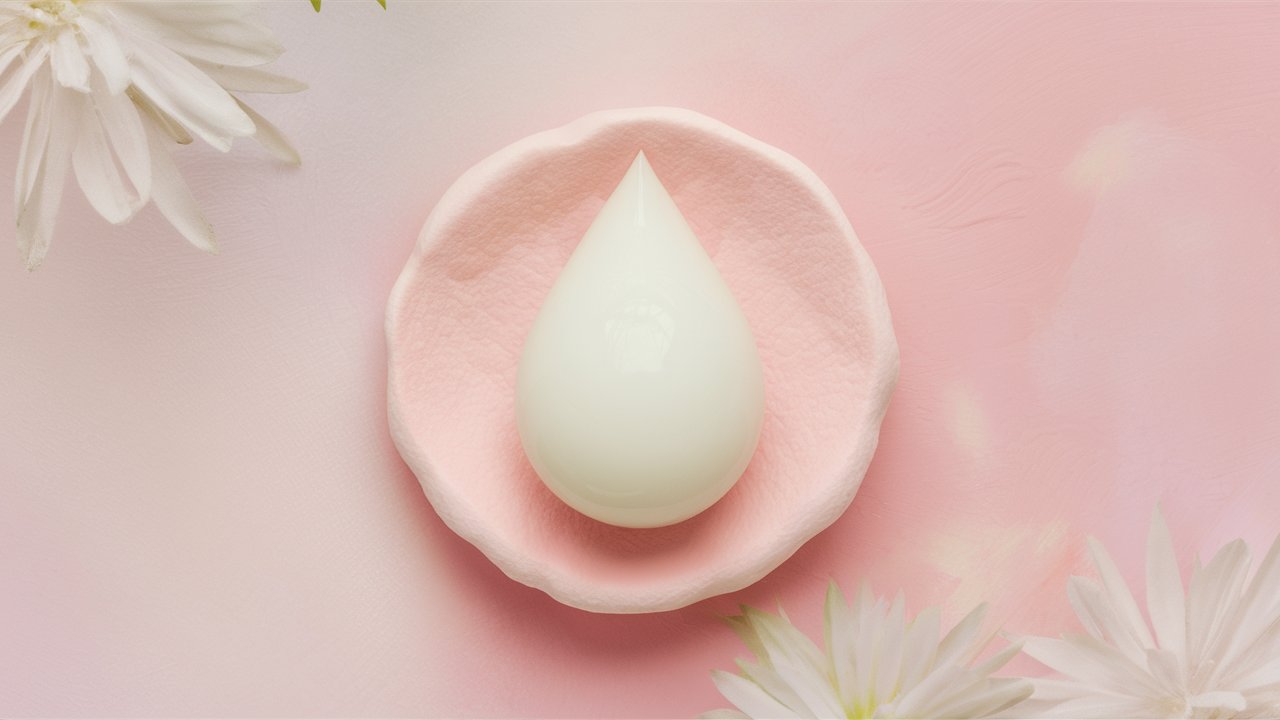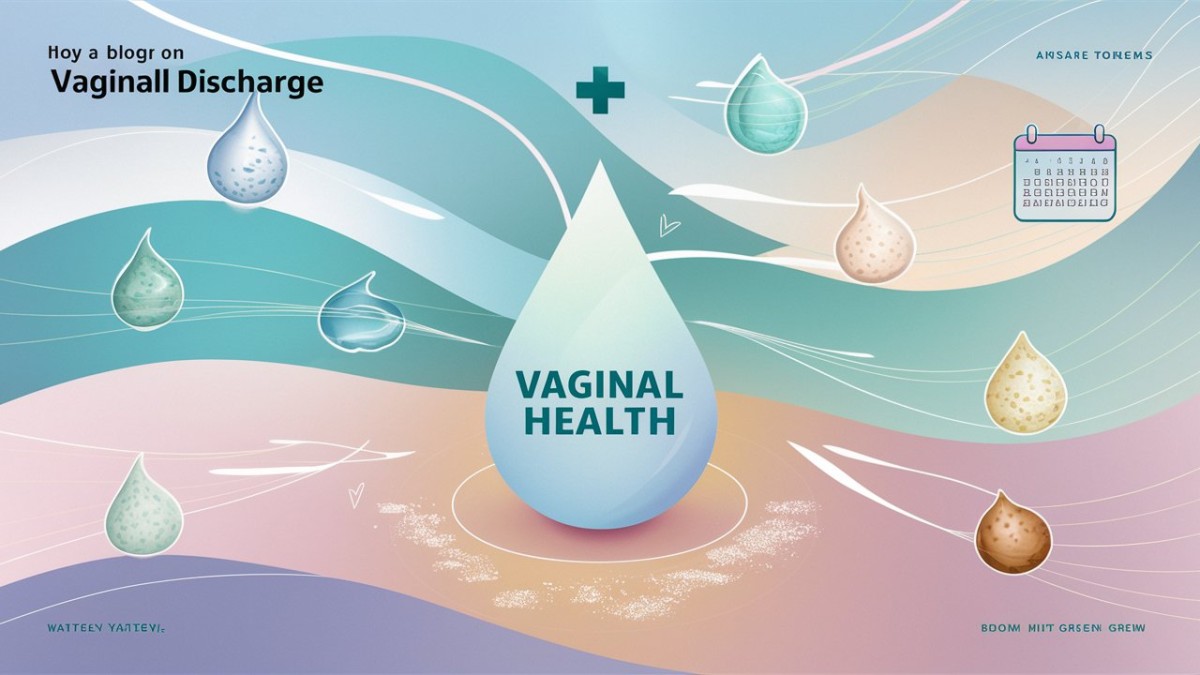Have you ever found yourself wondering if what you're experiencing is normal?
Can you think of moments or times when you manage to get confused between the signals that your body conveys?
Some things women avoid talking about, and vaginal discharge is one of them; nevertheless, it is one of the vital aspects of women. I would like to know to what extent you are aware of the difference between normal and abnormal discharge. In this article, we are going to describe the types of discharge, their causes, and when one should consider seeing a doctor.
Appreciation of the body enables one to take charge of health hence the question, are you ready to know more?
What is Vaginal Discharge?

It is worth stating that vaginal discharge is a completely natural part of a woman’s reproductive years as a girl. But it is one of the most vital roles that it has in the processes of washing and safeguarding the vagina. The discharge is made up of fluid and cells coming from the vagina and may be different in color, texture and volume dependant with factors such as the menstrual cycle, hormonal balance or other factors of health.
1. Clear and Watery Discharge
When It’s Normal: Odourless and thin white discharge is most common during different phases of the menstrual cycle, such as ovulation. It also occurs when either exhausted or after doing intensive exercises or during sexual intercourse.
What It Means: Discharges of this nature are usually normal and only point to the fact that one’s body is healthy

2. White and Creamy Discharge
When It’s Normal: This is normally visible on the outer part of the vagina, and is normally white and creamy, usually observed after the menstrual period or at the onset of the next period.
What It Means: This is usually okay but if the discharge is also associated with itching and or has a foul smell it may be a result of a yeast infection.

3. Yellow or Green Discharge
When It’s a Concern: Thick or clumpy grey or green discharge is a sign of an infection, particularly the trichomoniasis. If you see this it means you have to consult a healthcare provider as soon as possible.
What It Means: It is considered as one of the early symptoms of a possible infection that requires medical attention.

4. Brown or Bloody Discharge
When It’s Normal: Brown or bloody discharge may come after a period of menstration and at some times in pregnancy especially in the first trimester.
What It Means: Although it is quite common, it is always advisable to seek the doctor’s attention if the experience continues or is in form of brown discharge with or without spotting before or between periods.

5. Thick, White and Lumpy Discharge
When It’s a Concern: ‘It is a thick-yellow, curd-like material resembling cottage cheese which is largely associated with yeast infections.
What It Means: Lately has to be treated with antifungal medication and can be accompanied by reevaluation of the life regimen prompting the issue.

What Causes Changes in Vaginal Discharge?
Vaginal discharge can change due to various reasons, including:
Hormonal Changes:
Monthly changes in hormones, especially during menstrual cycles, pregnancy and or menopause also play a part in the production and thickness of the discharge.
Infections:
Causes of abnormal discharge include bacterial vaginosis, yeast infections, and sexually transmitted infections, for instance, chlamydia and gonorrhea.
Medications:
Antibiotics for instance, which lower the normal bacterial count in the body, might cause a change in the discharge.
Stress:
High stress also has its effects on the vagina for instance causing increase in vaginal discharge.
Diet:
The pH level of what you eat can also determine the pH levels of the vagina therefore the type of discharge you will have.

When Should You See a Doctor?
While vaginal discharge is usually normal, there are certain signs that indicate the need for medical attention:
Persistent Changes:
If the color, smell, or quality is out of the ordinary, and does not go back to normal, then it is time to visit the doctor.
Accompanying Symptoms:
Any discharge which is accompanied by itching, burning or pain could be as a result of infection that needs to be treated.
Unusual Smell:
Perhaps it is persistent and especially bad smelling, in this case, it may be bacterial vaginosis, or another infection.
Bleeding:
Any color of brown discharge before or between your periods, or at any point after menopause, means consulting a qualified doctor.

Tips for Maintaining Healthy Vaginal Discharge
General care of the vagina is all that is required to ensure that it has normal discharge or rather secretion. Here are some tips:
Practice Good Hygiene: Clean the external genitalia with water and plain mild soap that does not contain any fragrance. Do not engage in douching because this can interfere with the normal composition of the bacterial flora of the vagina.
Wear Breathable Underwear: Wear cotton clothing including under garments do not wear tight cloths that would confine an area for bacterial growth. This breathable panties are made from lightweight, moisture-wicking fabric, providing all-day comfort and airflow, perfect for staying cool and irritation-free.
Maintain a Balanced Diet: Probiotic intake (like yogurt and, lastly ice-cream) should be taken frequently while sugar should be taken in limited quantity, as it fuels yeast infection.
Stay Hydrated: It is good to take a lot of water to balance the natural production of fluids in the body as well as the vaginal discharge.
Manage Stress: Managing stress through practice of yoga, meditation, the right diet, and the right kind of exercises can ensure that the body organs functioning including that of the vagina are up to par.

Myths and Facts about Vaginal Discharge
1. Myth: Vaginal discharge is always symptomatic of an infection whether it is bacterial or otherwise.
Fact: Despite acknowledging that alterations in discharge signal an infection, it is also important that the reader is in a position to know that discharge is a natural function of the reproductive system.
2. Myth: To enhance cleanliness of the vaginal area you should use scented products.
Fact: Carry fresh fragrances such as perfume or scented candles can cause an inflammation of the vagina and alter the ph balance thus causing an infection. One should avoid using hard soap, air-scented soaps or even washing with only water.
3. Myth: Facial douching serves the purpose of boosting the health of women’s vagina.
Fact: Douching maintains more ill than good because it upsets the normal flora of the female reproductive organs, thus making infections likely.

For more such related content, don't forget read our blogs on Women's Health.
Conclusion

Vaginal discharge as a physiological phenomenon must not generate panic, as it is normal and plays an important role in reproductive health of a woman. Knowing what is expected is very important as it assists an individual to be in a position to know when a particular issue is out of order. Do not forget that your body always tries to convey messages to you in a number of ways and vaginal discharge is messengers. What about what it is saying to you at the moment? If ever you have any issue or clarification, do not hesitate to consult a health care practitioner. Your health is wealth and it is better to ensure that your mental health is well too.
